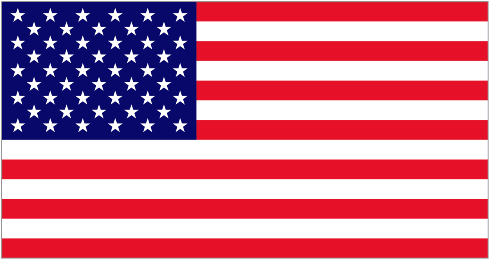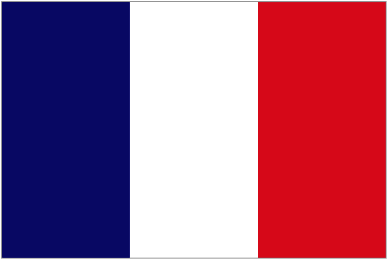Chord diagrams are a handy tool for guitarists, as they provide an easy and visual way to represent how chords are played on the guitar. This lesson will teach you how to read and use chord diagrams to improve your guitar-playing skills.
Before starting to read and use chord diagrams, it is important to understand how chords are played on the guitar. Each chord is made up of a combination of musical notes that are played at the same time.
For example, the G major chord comprises the notes G, B, and D.
Another example of a chord is the C major chord, which is made up of the notes C, E, and G.
Another combination of notes that can be considered a chord is the F minor chord, which is made up of the notes F, A, and C. These chords can be played on the guitar by following the instructions of the corresponding chord diagram.
How to play chords based on a chord diagram
The diagram shows you the arrangement of the strings and frets on the guitar and tells you where you should place your fingers to play the chord’s notes. To play a chord on the guitar, you must place your fingers on the strings in the position indicated by the chord diagram read from top to bottom or from right to left, and then play the notes simultaneously.
3.2.0.0.0.3
x.3.2.0.1.0
0.0.2.2.1.0
Make sure your fingers are firm and pressing the strings correctly. You mustn’t leave spaces between your fingers and the strings, as this will make the chord sound out of tune.
When you are ready, play the chord notes simultaneously, using a quick and smooth movement of your fingers. You can pick or play the strings with your fingers, depending on what feels more comfortable to you.
How to quickly change chords on the guitar
In a real-life scenario where you are playing a song, you will need to learn to change chords quickly in order to follow the singer or the melody.
Typically, chords will be presented as follows:
3.2.0.0.0.3 x.x.0.2.1.2
To follow the thread of the song, you will have to change from the G major chord to the D seventh chord. This change must be precise and error-free, which requires your fingers to be positioned in unison on all the strings and frets of the next chord. To achieve this, it is essential to practice and develop the muscle memory of your fingers, which will allow you to quickly and accurately make the chord change.


